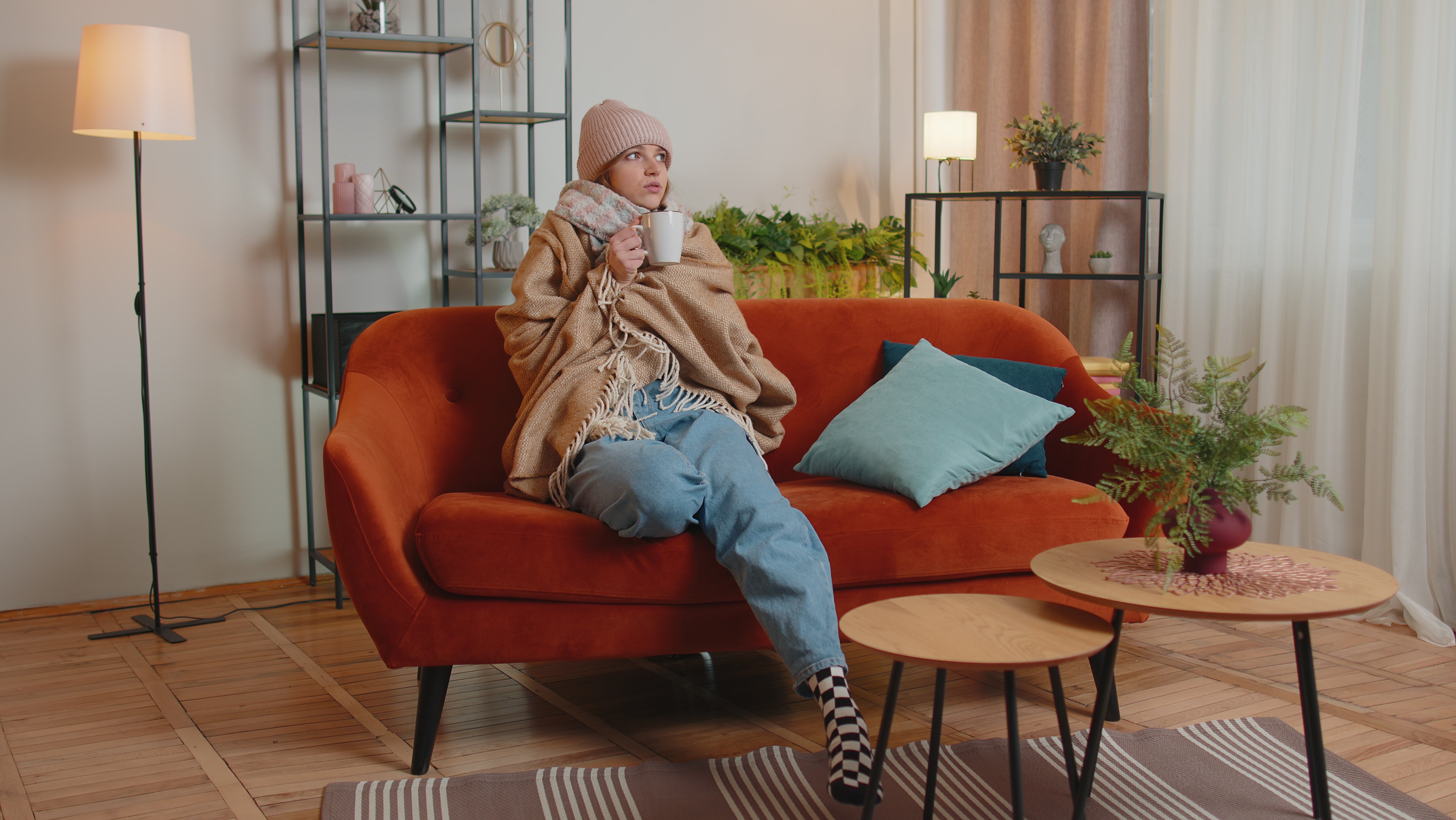‘One room living’ is how I stay warm and save money in winter
The super savings achieved from heating only one room, instead of four, five or six rooms would enable millions to stay warm this winter, without cutting back on food or other necessities, writes Donnachadh McCarthy


One room living” is a simple four-step concept that can radically reduce energy costs this winter for millions of people. For years, this is how my own energy bills have been net zero. I adopted it, not for financial reasons, but for moral ones, due to the existential climate crisis now threatening civilisational collapse.
The most important step to one room living is to heat only one room. In winter, I only heat my bedroom, which also acts as my office (I work from home), where I relax in the evening by reading or watching TV, and where I sleep at night. I have ensured that this room is comfortable and nicely decorated, so I feel happy spending my wintertime in it
When going to the bathroom, I will don an extra-warm fleece and likewise when in the kitchen, where I might also have a cosy hat. Heating a bathroom for the really short amount of time I spend in it each day, makes no sense in a climate or cost of living crisis.
The same applies to the kitchen, where the heat from the cooking will warm me anyway. And heating the living room from scratch, for the time spent relaxing in the evening, when the office/bedroom is already warmed from working there all day, is pointlessly wasteful.
The super savings achieved from heating only one room, instead of four, five or six rooms would enable millions to stay warm this winter, without cutting back on food or other necessities.
The second step towards one room living is to dress for winter, not for a Mediterranean holiday in shorts and T-shirt. In winter, I wear really warm ski socks, thermal long-legged underwear and an extra-warm fleece cardigan. The best thermal vest is actually a nice soft lambswool jumper. These enable me to be comfortable at 16C, rather than the 18C recommended by the World Health Organisation; 21C is recommended for the non-ambient elderly.
This is crucial, as every 1C rise in heating temperature, equates to about 10 per cent extra on your heating bill. Thus, if your heating is at 23C, instead of my 16C, you are spending up to 70 per cent more on it!
The third step towards one room living is making it super energy efficient. I increased the loft insulation above it to about 40cm. I replaced the single-glazed window with an oak-framed triple-glazed window and installed solid wall insulation.
As the house is an old Victorian two-bedroom terrace, it does not have cavity walls. Insulating the cavity walls of an entire house, costs a tiny fraction of that to insulate a solid walled home. So, if you have cavity walls, get them all insulated now. But, if you have a solid-walled Victorian home and cannot afford the eye-watering costs of insulating all of it, just insulate the one room that you live in the most really well.
Last year, I used the thermal camera that I use for eco-auditing local town councils and charities, on my one room and hilariously discovered that I had not thought about how much heat was lost through my Victorian bedroom door. I sorted this by installing aerogel insulation on it. An air-vent provides fresh air via the chimney.
Energy efficiency also applies to electrical goods. A 5-watt LED desk-lamp provides nearly all of my one room lighting needs and if I watch TV, I do so on my low-energy laptop or smartphone, rather than on a high-consumption TV. I bought a small A+++ energy-efficient fridge (which lives in the unheated kitchen downstairs). This cuts about £75 from my annual fridge running costs. For those on low incomes, contact your national helpline to see what free grants are available to insulate your home.
To keep up to speed with all the latest opinions and comment, sign up to our free weekly Voices Dispatches newsletter by clicking here
The final step is the most expensive one. This is to install solar electric panels and a battery system, if you own your home and have a suitable roof. I installed my solar panels in 1998 and as long as it produces over 300 watts, which it does during daylight hours on most days, even in winter, it powers almost all of my one-room-living heating and electricity consumption through most of the winter.
This is because by adopting the four steps to one room living, a super low energy 160-watt ecotube, is all the heating I need during the day, for most of the winter. It usually goes off in the evening, as the room is warm enough and the super-insulation retains the heat until I go to bed. If it is extremely cold, I will use the 540-watt infrared panel heater that I have for back-up. If my fingers are cold, then on it goes!
Even if you cannot afford the third and fourth steps right now, steps one and two, with a small investment in pre-loved warm clothing, will slash your energy bills and crucially you will also have the satisfaction of knowing you are helping tackle climate destruction.






Join our commenting forum
Join thought-provoking conversations, follow other Independent readers and see their replies
Comments